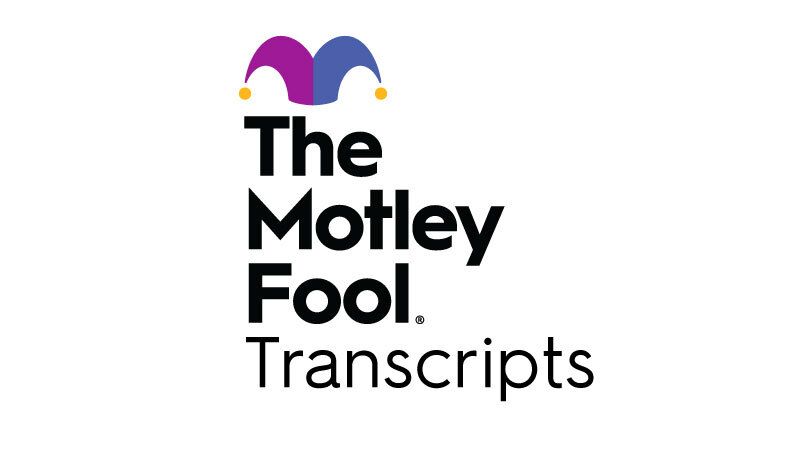
Investment
The Motley Fool
Optical Cable OCC Q2 2025 Earnings Call Transcript
Why This Matters
Image source: The Motley Fool. DATEThursday, June 5, 2025 at 11 a. ETCALL PARTICIPANTSChairman, President, and Chief Executive Officer — Neil WilkinSenior Vice President and Chief Financial Officer — Tracy...
June 6, 2025
09:45 AM
13 min read
AI Enhanced
Positive
FinancialBooklet Analysis
AI-powered insights based on this specific article
Key Insights
- Earnings performance can signal broader sector health and future investment opportunities
- Financial sector news can impact lending conditions and capital availability for businesses
Questions to Consider
- Could this earnings performance indicate broader sector trends or company-specific factors?
- Could this financial sector news affect lending conditions and capital availability?
Stay Ahead of the Market
Get weekly insights into market shifts, investment opportunities, and financial analysis delivered to your inbox.
No spam, unsubscribe anytime